Right now, as you’re reading this, countless tiny creatures are sharing your living space without you even knowing it. These microscopic roommates aren’t just hiding in dark corners or dusty attics – they’re thriving in your kitchen, bedroom, and even your bathroom. While most people focus on the obvious household pests like flies or ants, an entire universe of minuscule insects exists right under our noses, living their complex lives in the spaces we call home.
The Invisible Silverfish Lurking in Your Books

Silverfish are among the most ancient insects on Earth, having survived for over 400 million years, yet they remain masters of stealth in modern homes. These wingless, silver-scaled creatures typically measure just half an inch long and move with a distinctive fish-like wiggling motion that gives them their name. They’re nocturnal by nature, which explains why you might live with them for years without ever spotting one during daylight hours.
These fascinating insects have an unusual diet that includes paper, glue, clothing fabrics, and even wallpaper paste. Your bookshelf might be their favorite restaurant, where they quietly munch on book bindings and paper pages during the night. What makes them particularly remarkable is their ability to survive for up to a year without food, making them incredibly resilient household inhabitants.
Carpet Beetles: The Tiny Destroyers of Your Wardrobe
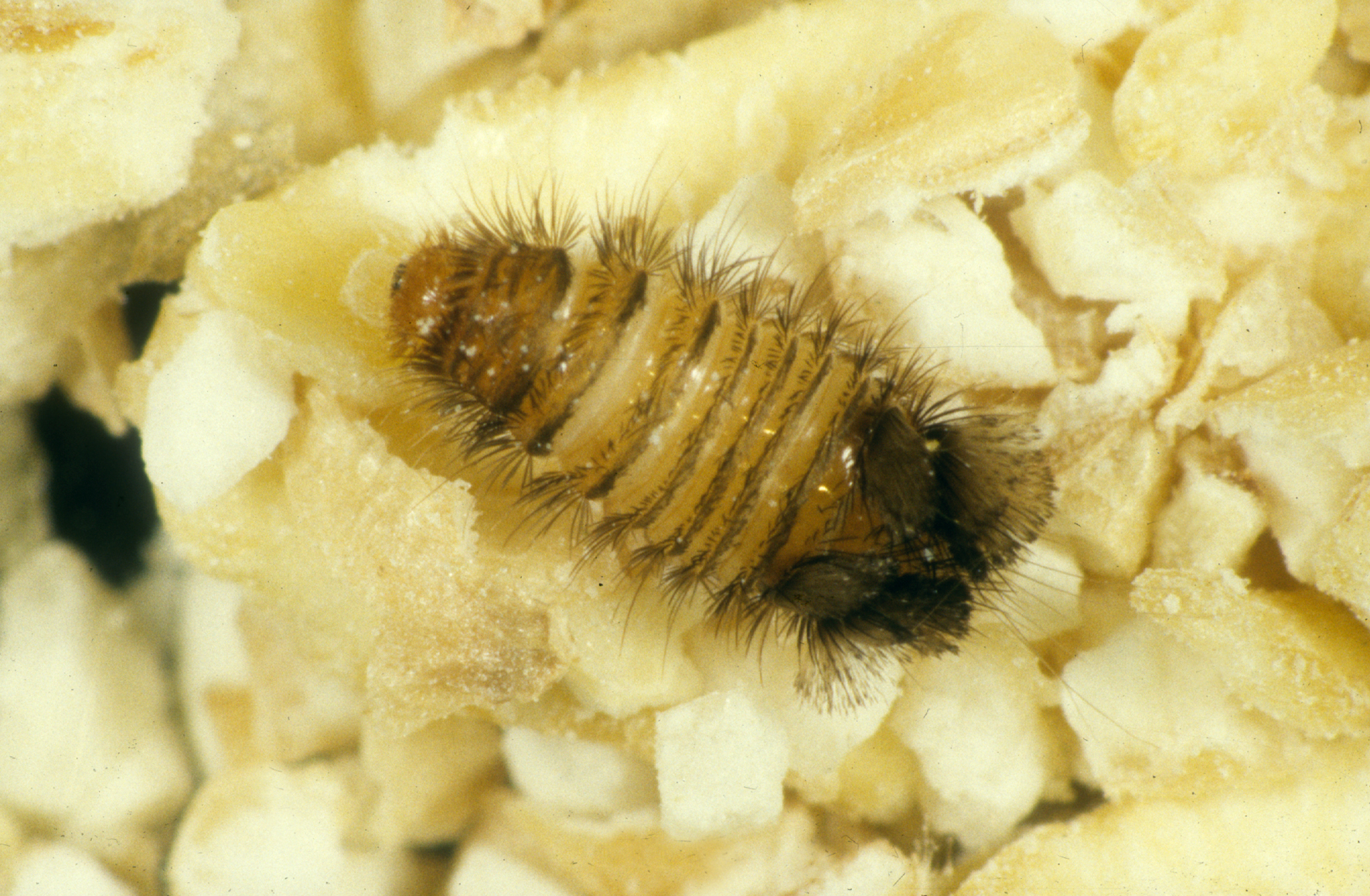
Carpet beetles are so small that adults rarely exceed 4 millimeters in length, making them nearly invisible to the casual observer. These oval-shaped insects come in various colors, from black to mottled brown and white, and they’re often mistaken for other common household bugs. Their larvae, however, are the real troublemakers – fuzzy, brown creatures that feast on natural fibers with an appetite that would shock you.
While adult carpet beetles are actually beneficial outdoors, feeding on pollen and nectar, their indoor presence spells trouble for your belongings. They lay eggs in dark, undisturbed areas like closets, under furniture, and in storage boxes. The emerging larvae then proceed to create tiny holes in wool sweaters, silk scarves, and even leather items, often causing damage that goes unnoticed until it’s too late.
Booklice: The Microscopic Librarians
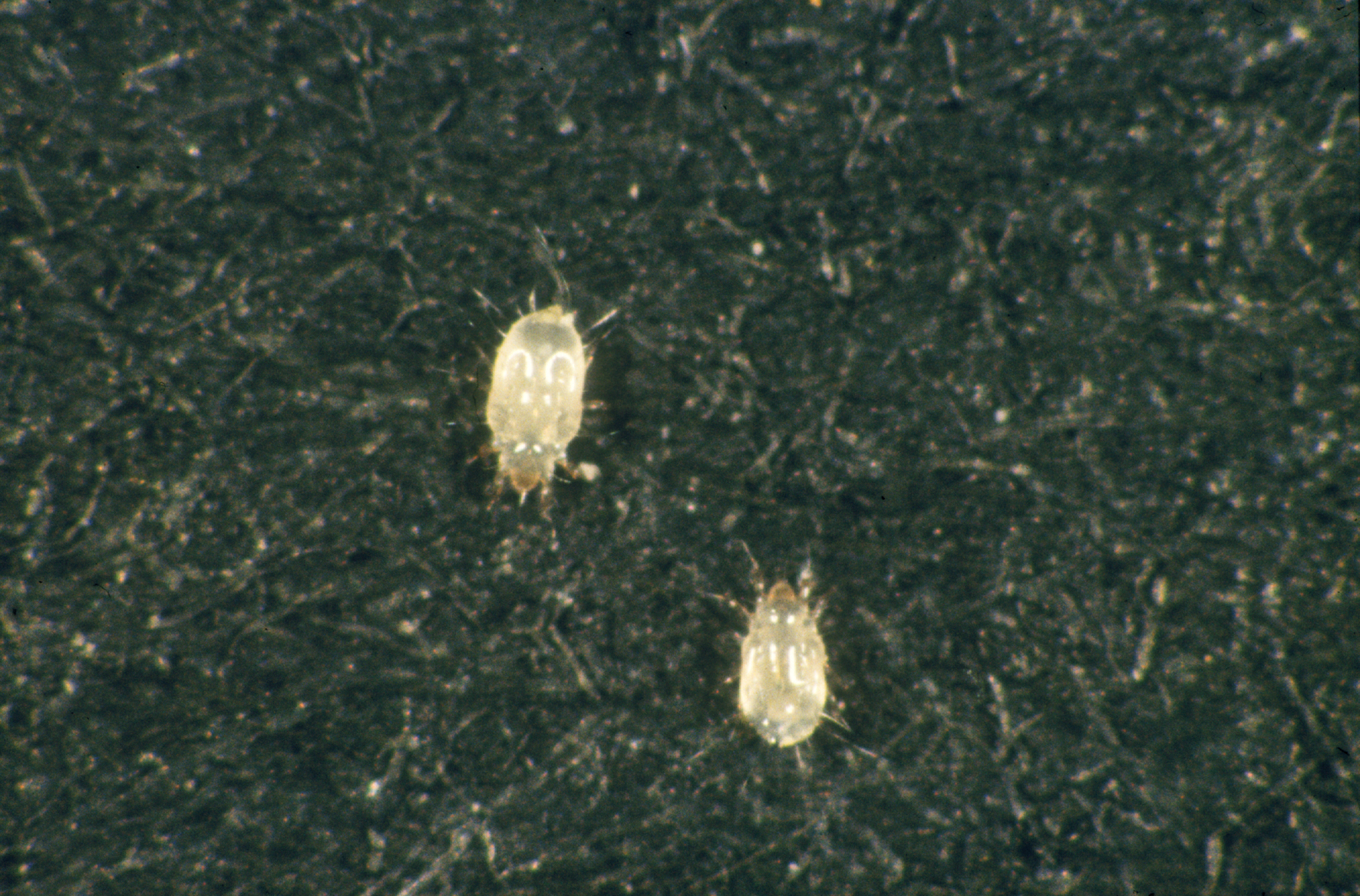
Despite their name, booklice aren’t actually lice at all – they’re tiny insects that measure only 1-2 millimeters in length. These pale, soft-bodied creatures are so small that they’re often mistaken for dust particles or tiny specks of dirt. They thrive in humid environments and are particularly fond of areas with high moisture levels, making bathrooms, basements, and kitchens their preferred hangouts.
Booklice feed primarily on microscopic mold, fungi, and organic debris that accumulates in damp areas. They’re actually performing a valuable service by cleaning up these potentially harmful microorganisms, though their presence often indicates moisture problems in your home. You might find them crawling on books, papers, or around windowsills, especially during humid weather conditions.
Drain Flies: The Bathroom’s Secret Inhabitants
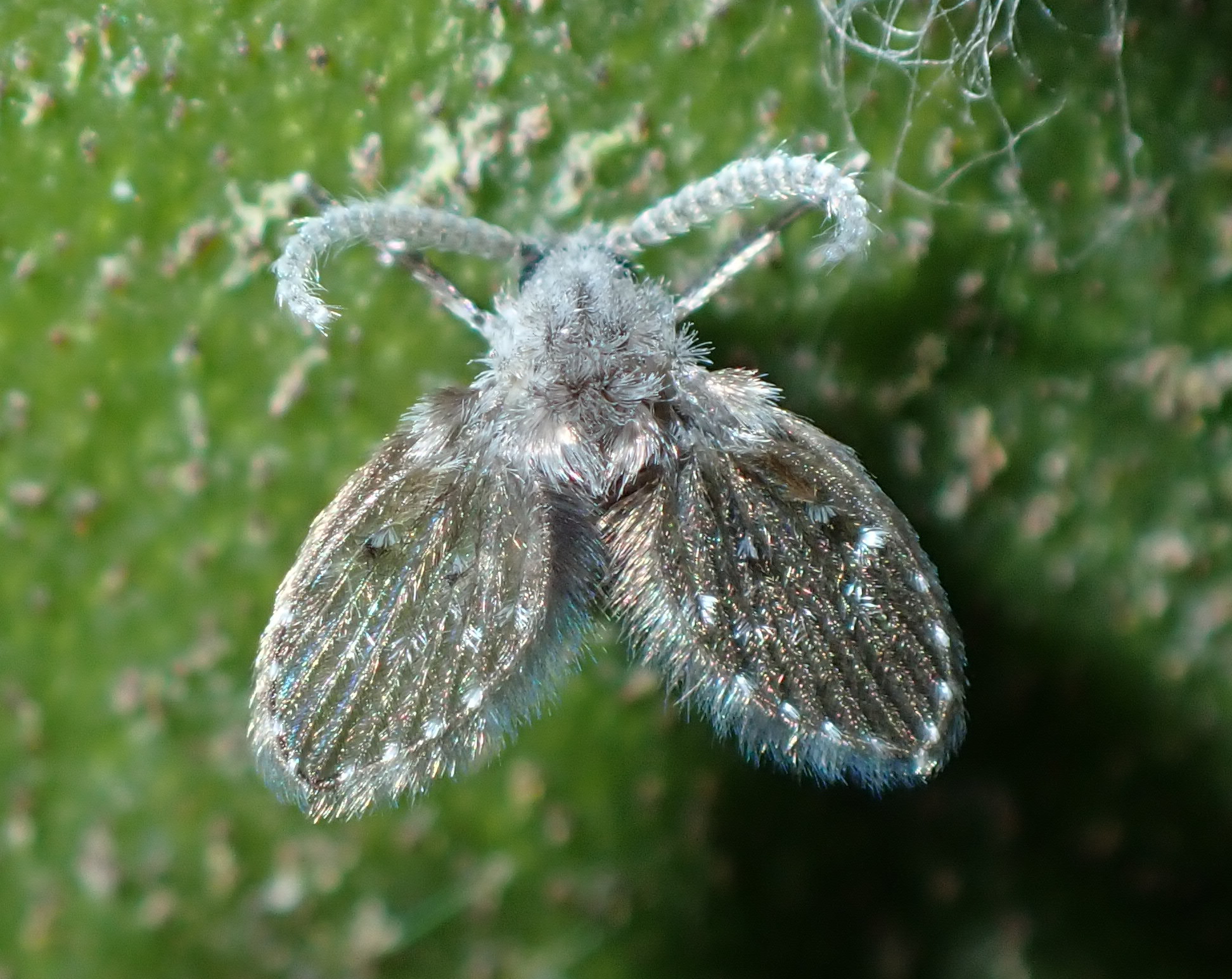
Drain flies, also known as moth flies, are incredibly small insects that measure just 1.5 to 5 millimeters in length. Their fuzzy, moth-like appearance and erratic flight pattern make them easily distinguishable from other small flies, though they’re so tiny that most people dismiss them as floating debris. These insects have a unique lifecycle that takes place entirely within your home’s plumbing system.
The larvae of drain flies develop in the organic matter that accumulates in drains, sewers, and septic tanks. They feed on the bacterial film and decomposing organic material that lines these areas, essentially acting as nature’s tiny cleanup crew. Adult drain flies are weak fliers and tend to stay close to their breeding sites, which is why you might notice them near bathroom or kitchen sinks.
Thrips: The Needle-Thin Window Wanderers
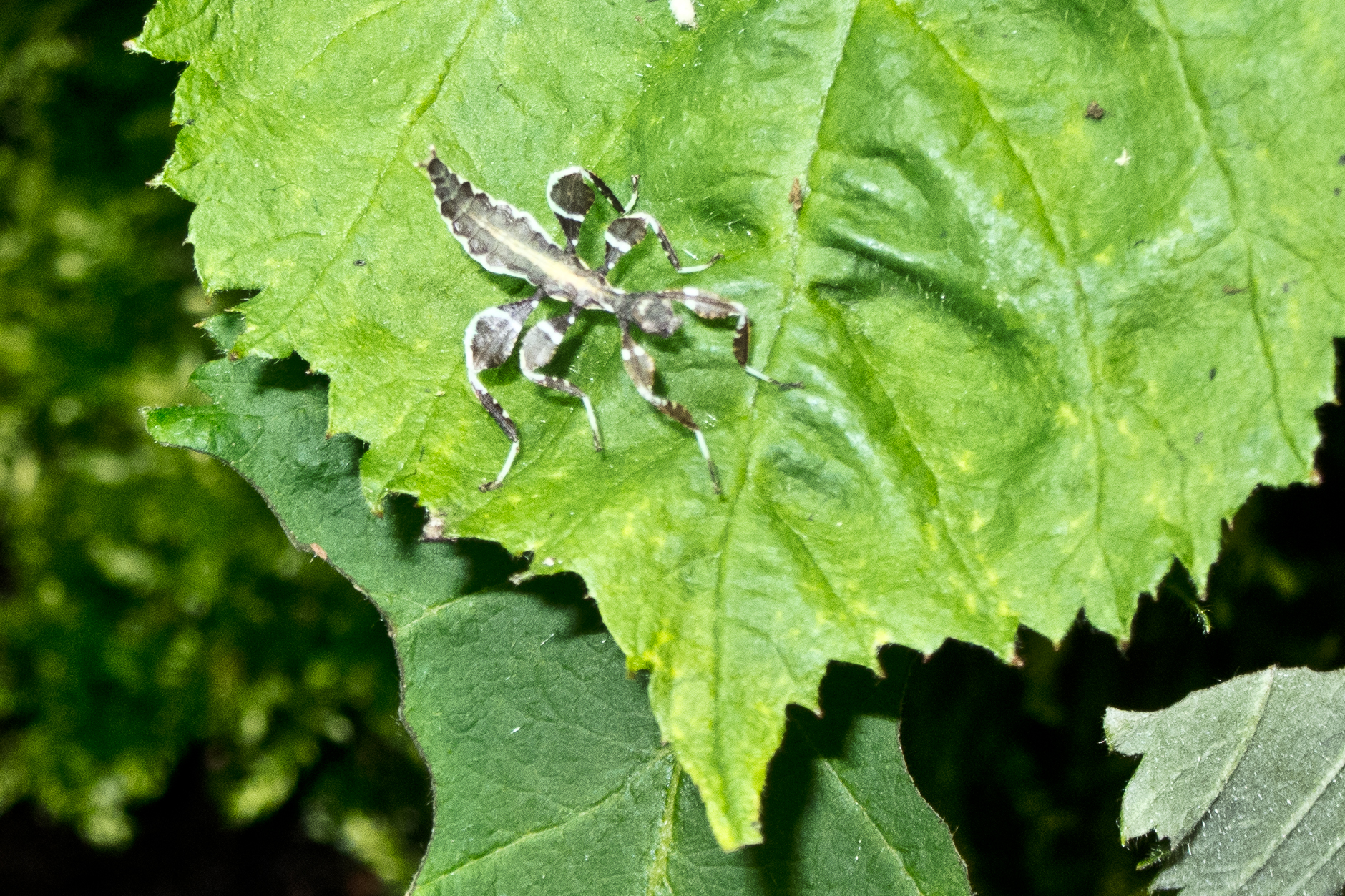
Thrips are among the smallest insects you’ll find in your home, measuring only 1-2 millimeters in length and appearing as tiny, slender, needle-like creatures. These insects are so small that they can easily slip through standard window screens, making them frequent uninvited guests in homes with houseplants. Their elongated bodies and fringed wings give them a distinctive appearance when viewed under magnification.
While thrips are primarily plant feeders, they occasionally find their way indoors through open windows or on newly purchased plants. They use their piercing mouthparts to feed on plant cells, and some species are attracted to light sources, which explains why you might find them near windows or lamps. Indoor thrips populations usually remain small and temporary unless there’s a significant houseplant collection to sustain them.
Springtails: The Acrobatic Moisture Seekers

Springtails are fascinating microscopic insects that measure just 1-3 millimeters in length and possess a unique ability that sets them apart from other household bugs. They have a special forked appendage called a furcula that allows them to catapult themselves into the air when threatened, earning them their common name. These tiny acrobats are typically white, gray, or dark-colored and have a distinctive elongated body shape.
These remarkable insects are drawn to moisture and organic matter, making them common residents of bathrooms, basements, and areas around leaky pipes. They feed on decaying organic material, fungi, and bacteria, essentially functioning as nature’s recycling crew. You might spot them jumping around in damp areas, though their small size and quick movements make them easy to overlook.
Psocids: The Dust-Eating Specialists
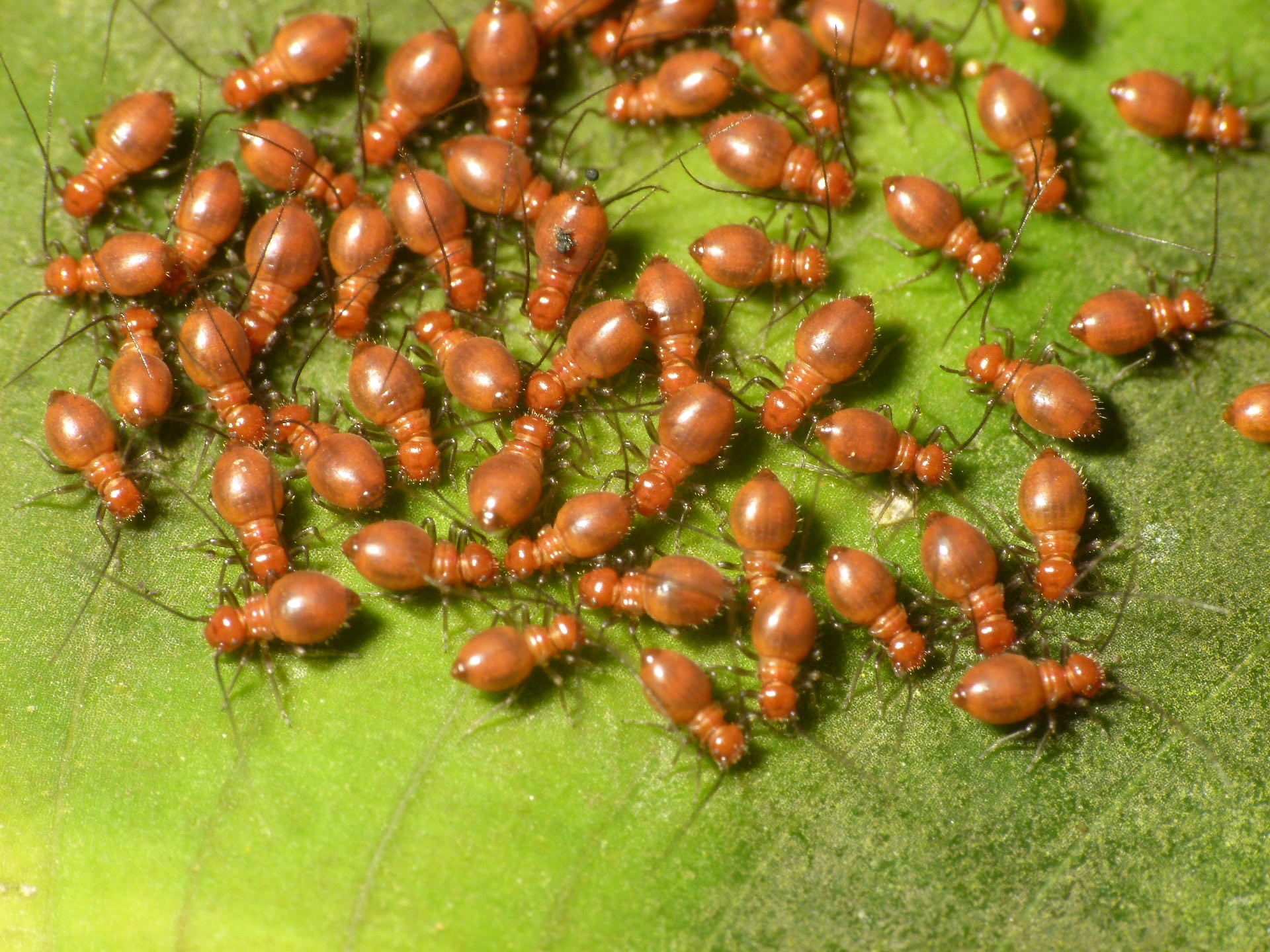
Psocids, commonly known as barklice when found outdoors, are incredibly small insects that rarely exceed 2 millimeters in length. These pale, soft-bodied creatures have prominent eyes and long antennae that give them an almost alien appearance under magnification. They’re often found in large numbers, creating small colonies in favorable conditions within homes.
These tiny insects have an unusual diet that includes dead insects, skin flakes, starch, and even the paste in book bindings. They’re particularly fond of areas with high humidity and poor ventilation, making them common in older homes or buildings with moisture problems. Their presence often indicates underlying issues with dampness or poor air circulation that should be addressed.
Fungus Gnats: The Soil-Dwelling Miniatures

Fungus gnats are tiny, dark-colored flies that measure only 2-3 millimeters in length and are often mistaken for fruit flies by homeowners. These delicate insects have long, thin legs and smoky-colored wings that give them a distinctive appearance when they’re flying around houseplants. Their larvae develop in the organic matter found in potting soil, making them a common sight in homes with extensive plant collections.
The adult gnats are generally harmless and have a short lifespan, but their larvae can sometimes damage plant roots if populations become too large. They’re attracted to moist soil and decaying organic matter, which explains why they’re particularly problematic in overwatered plants. These tiny flies are most active during warmer months and in heated indoor environments.
Minute Pirate Bugs: The Tiniest Predators
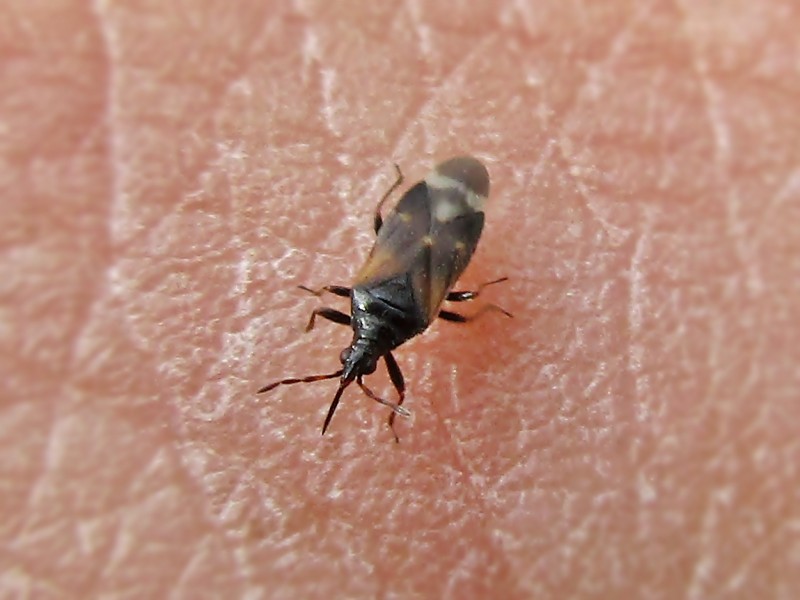
Minute pirate bugs are among the smallest predatory insects found in homes, measuring only 2-3 millimeters in length. Despite their diminutive size, these black and white patterned insects are fierce hunters that feed on other tiny insects, mites, and insect eggs. They have a flattened, oval-shaped body and are incredibly fast-moving, making them difficult to spot without careful observation.
These beneficial insects occasionally wander indoors, especially during fall months when outdoor food sources become scarce. They’re actually helpful to have around as they feed on many pest insects, though their presence is usually so subtle that homeowners never notice them. Their hunting behavior involves using their piercing mouthparts to extract body fluids from their prey.
Flour Beetles: The Pantry’s Hidden Residents
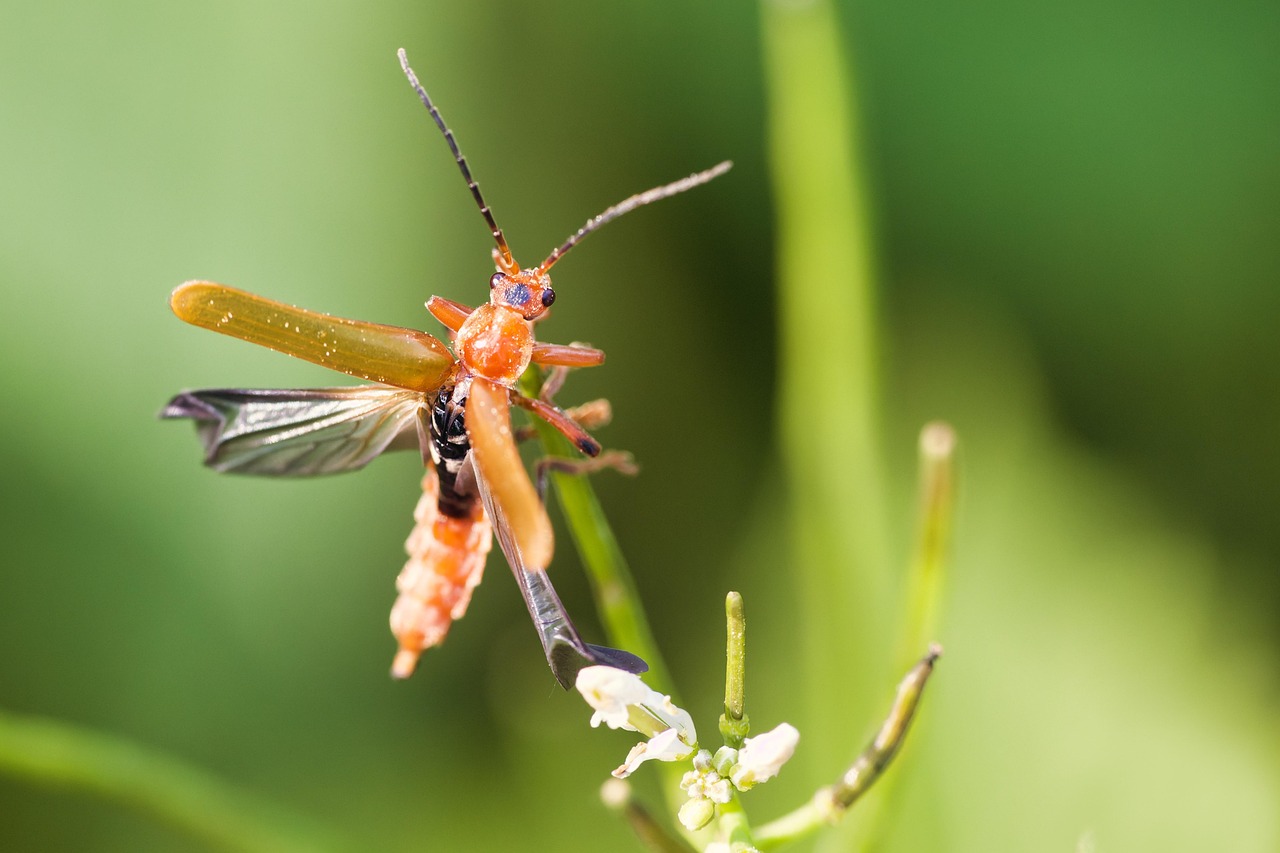
Flour beetles are tiny insects that measure just 2-4 millimeters in length and are perfectly adapted to life in your kitchen pantry. These reddish-brown or black beetles have a flattened body shape that allows them to squeeze into incredibly small spaces, including sealed food containers with minute gaps. They’re often discovered only when infestations become severe enough to notice movement in flour or grain products.
These persistent insects can survive on incredibly small amounts of food and can even digest materials that seem inedible to other creatures. They’re capable of chewing through thin plastic packaging and can live for several months without food. Their presence in stored food products often goes unnoticed until homeowners spot the tiny beetles crawling around or notice an unusual taste in their baking ingredients.
Clover Mites: The Microscopic Red Dots
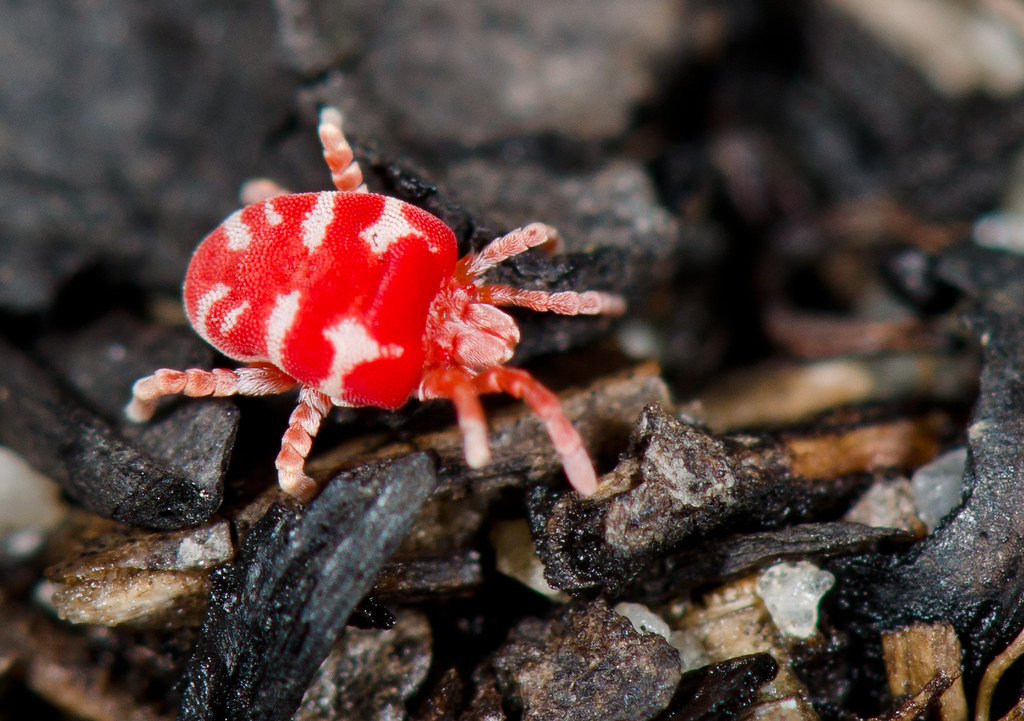
Clover mites are so incredibly small that they appear as tiny red dots to the naked eye, measuring less than 1 millimeter in length. These minute creatures are actually arachnids rather than insects, but they’re so commonly found in homes that they deserve mention. They have an unusual reddish color and move very slowly, often appearing as moving specks of dust or dirt.
These tiny creatures accidentally wander indoors through small cracks and crevices, especially during spring and fall months. They don’t bite or cause damage to household items, but their presence can be alarming when they appear in large numbers on windowsills or walls. When crushed, they leave behind a characteristic red stain that can be difficult to remove from light-colored surfaces.
Varied Carpet Beetle Larvae: The Fuzzy Fabric Destroyers
The larvae of varied carpet beetles are small, fuzzy creatures that measure 3-5 millimeters in length and are covered in distinctive brown and white striped bristles. These tiny caterpillar-like insects are often called “woolly bears” due to their fuzzy appearance, though they’re much smaller than the outdoor caterpillars that share this nickname. They’re incredibly destructive despite their small size and cute appearance.
These larvae have a voracious appetite for natural fibers and can cause significant damage to clothing, carpets, and upholstery. They’re particularly fond of items stored in dark, undisturbed areas like closets, attics, and storage rooms. What makes them especially problematic is their ability to survive for long periods without food, allowing them to remain dormant in stored items until conditions become favorable for feeding.
The Hidden Universe in Your Home

The microscopic world within our homes is far more complex and populated than most people realize. These tiny insects have evolved sophisticated survival strategies that allow them to thrive in human-made environments, often going completely unnoticed for months or even years. Their presence doesn’t necessarily indicate poor housekeeping – many of these creatures are simply taking advantage of the stable temperatures, food sources, and shelter that our homes naturally provide.
Understanding these tiny inhabitants can help homeowners make informed decisions about pest control and home maintenance. Many of these insects actually serve beneficial purposes, such as consuming organic debris, dead skin cells, and even other pest insects. However, some can cause damage to belongings or indicate underlying issues like excess moisture or poor ventilation that should be addressed.
The next time you’re cleaning your home or organizing your belongings, remember that you’re sharing your space with an entire ecosystem of microscopic life. These tiny creatures have been adapting to live alongside humans for thousands of years, and their continued presence reminds us that nature finds a way to thrive even in the most unlikely places. What other hidden worlds might be existing right under your nose?
